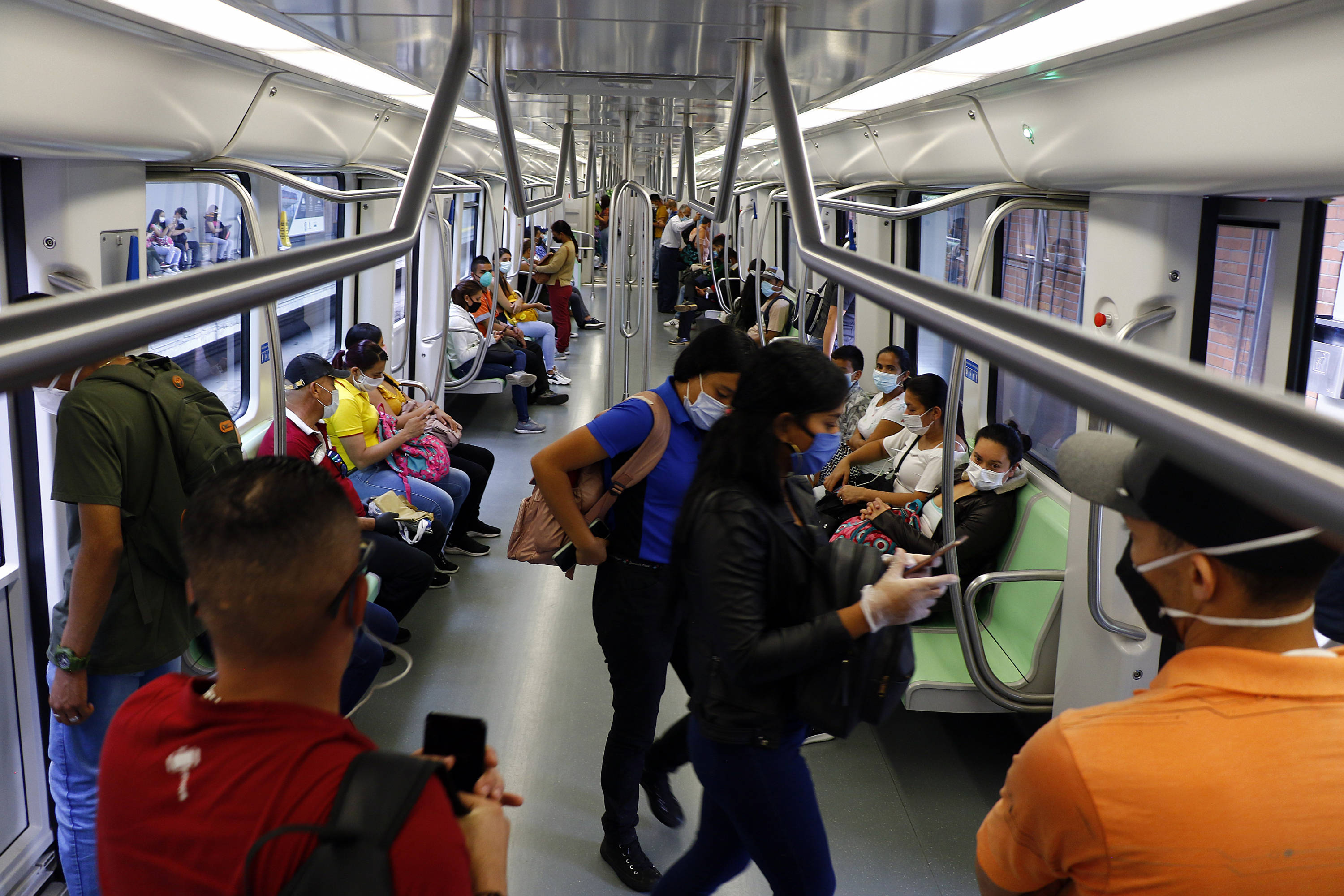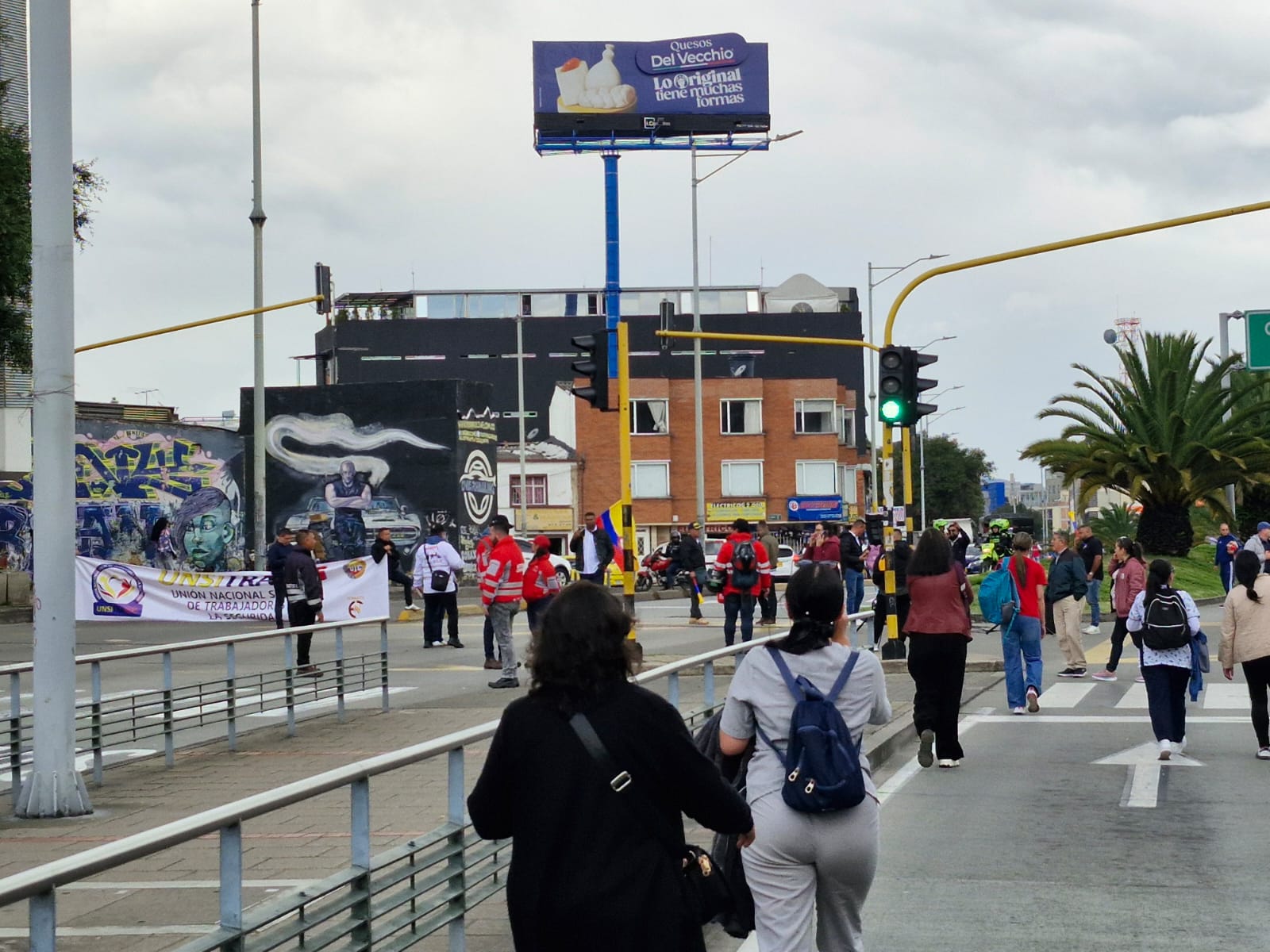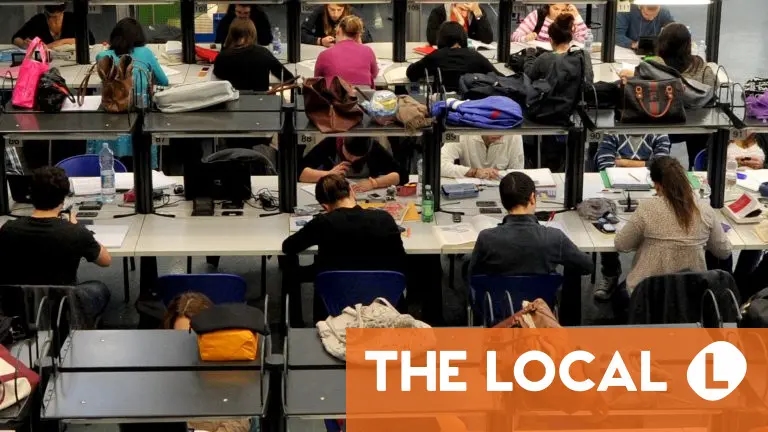Why urban mobility for women in Latin America has become difficult

At 5 a.m., Juana rushes out of her home in Petare, Caracas, one of the largest popular neighborhoods of self-built housing in Latin America, stretching over more than 45 square kilometers of steep terrain. She walks with her grandson to a stop where a jeep (which is packed) is waiting. These all-terrain vehicles are the most common form of public transportation in the neighborhood due to its unique terrain. Juana drops her son off at school, does some shopping, and then walks to the subway station to continue to work. Her day won't end for many hours and many transfers later. This is the real-life routine of thousands of women in Petare, Caracas, Venezuela, and Latin America.
Juana's journeys rarely follow the commuter pattern of home-work-home. They are more similar to what Inés Sánchez de Madariaga, an expert in gender urban planning, calls polygonal trips: "Regarding mobility, women make more chained trips, with more polygonal patterns, and fewer commuter trips. They use public transport more, cover greater distances and geographical areas, as well as travel within the home, and travel for more different reasons, with less predictable and more irregular mobility patterns. All of this has to do with the double workload women take on inside and outside the home."
Regarding mobility, women make more consecutive trips. They use public transportation more, covering greater distances and geographical areas.
In these chains of fragmented journeys, caregiving and other domestic responsibilities set the pace . This logic increases time, costs, and risks for women, but often goes unnoticed.
Care mobility highlights how women organize their travel around domestic and community tasks. A study by the Development Bank of Latin America and the Caribbean (CAF) estimates that women in Latin America spend up to 30 percent more time on their daily commutes than men.
In Caracas, a half-hour commute can ultimately translate into wasted hours, dropping out of school, less access to decent jobs, and increased fatigue . Long, fragmented commutes also expose women more frequently to harassment and violence in public spaces.
This is aggravated by the public transport crisis in Caracas: a collapsed and unsafe metro, few buses and vans (and many in poor condition), high fares for passengers (but insufficient to maintain the quality of service), traffic jams and streets in poor condition, insecurity and, in general, an informal and precarious transport network (the same situation can be applied to public transport in Bogotá, Mexico City, Buenos Aires or Lima).

Medellín incorporated care trips into its mobility plans. Photo: Jaiver Nieto Álvarez / El Tiempo
Applying feminist urban planning principles—improving lighting at bus stops, leveling entrances with facades, using transparent elevators, or designing streets without twists and turns—makes urban roads seem safer to women .
Some Latin American cities have begun to respond. Medellín has incorporated caregiving travel into its mobility plans, designing routes and services based on female preferences. Mexico City and Buenos Aires implement programs to combat harassment on buses and subways, and the World Bank promotes safe school routes, subsidies for low-income women, and female employment in the sector.
Beyond budgetary constraints, a neighborhood with such challenging conditions as Petare (difficult terrain, limited public transportation, and long walking distances to reach transportation hubs serving other areas of Caracas) requires measures to improve safety and urban mobility for women. This translates into better-lit bus stops with community surveillance, the regulation of informal public transportation, the promotion of intermodality , and the creation of efficient interchange hubs (metrobús, for example) to improve urban accessibility.
A pioneering reference for collecting data and designing urban mobility policies with a gender perspective is the Gender-Sensitive Walkability Index developed by the Inter-American Development Bank. This index offers practical tools and criteria (sidewalk conditions, connectivity, road safety, facades and buildings, comfort and street furniture, signage) to assess urban accessibility and safety based on the experiences of women and girls.
Those who speak of Petare speak of many other similar neighborhoods and realities in Latin America. Women's polygonal journeys reveal profound inequalities. Transportation and mobility are not just infrastructure: they define the right to inhabit the city. Ignoring how women move around perpetuates an unjust and limited city.
To talk about mobility from a gender perspective is, ultimately, to talk about democracy and the right to the city for all people.
(*) Director, Engineering Research and Development Center, Andrés Bello Catholic University. (**) This is a non-profit organization that seeks to share ideas and academic knowledge with the public. This article is reproduced here under a Creative Commons license.
Perception of safety in public transport in Bogotá Various studies confirm a phrase reiterated by feminists: cities are not gender-neutral. Walking and using public transportation as a man is very different from that as a woman. Gender roles, caregiving, and precarious work all play a role in this.
“Until now, urban planning has been carried out predominantly by men, focusing on commutes between home and work, ignoring the needs of a diverse population, who experience the reality of cities and require more complex solutions. As a result, cities are built ignoring the specific experiences and needs of women, as well as children, the elderly, and people with disabilities ,” reads the Inter-American Development Bank (IDB) document, which proposes a methodology for considering mobility from a gender perspective.
Until now, urban planning has been carried out mostly by men, focusing on journeys between home and work and ignoring the needs of a diverse population, who are the ones who live the reality of cities and who require more complex solutions than this.
Walking is the most fundamental option for getting around in Latin America, considering that this action is necessary to access public transportation systems. According to the aforementioned IDB document, women walk more than men in major South American cities . In Bogotá, the rate is 42% versus 31%.
Among low-income women, this mode of transportation is preferred because it saves them money; however, as with public transportation, walking exposes them to gender-based violence such as street harassment. In a 2016 survey in Brazil, women reported feeling more fear when walking on the street (70%) than on public transportation (68%).
Added to this are the service conditions of the public transport system. In an Actionaid survey in Brazil, 79% of women stated that poor service quality makes their lives difficult , limiting their access to work in 33% of cases and to education in 22%. These situations influence their mobility decisions.
In Bogotá, both men and women rated their sense of safety on public transportation and in the streets below 5 on a scale of 1 to 10; however, women were harsher in their perceptions. This corresponds to the fact that women have reported being more victims of sexual violence on public transportation and in public spaces .

Women between the ages of 18 and 26 are the main victims. Photo: PROVIDED
The women most likely to be victims of this type of violence are those between 18 and 26 years old, at 16.10%. “One in two women between 18 and 48 years old have had their bodies looked at in a morbid way , and one in three have had their bodies groped with sexual intentions,” found a study by the Bogotá Mobility Secretariat, Sensata UX Research, and the Development Bank of Latin America and the Caribbean (CAF).
The women who participated in the study stated that the streets (62%), the TransMilenio (37%), and bus stops or stations (30%) are the main spaces where violence against them is perpetrated . This data is mirrored by the data shared by Brazilian women. They also expressed that based on their awareness of this violence, they make decisions such as avoiding certain stations, not taking public transportation, not riding a bicycle at night, or not going out alone.
TransMilenio is the primary mode of transportation for women, representing 39%. This is because it's their only option for getting around the city. However, women in income strata 1 to 4 reported that the service is very expensive, that it's not easy to get on a bus, and that there is racial discrimination against Indigenous and Afro-Colombian women.
On the other hand, experts and users themselves reiterate the poor design of the turnstiles for entering stations , which is evident when a woman is carrying a baby or a shopping bag, is driving a stroller, or is pregnant.
The study also investigated ownership of some form of transportation (car, motorcycle, bicycle) and found that 67.38% of women do not own a vehicle that allows them to avoid public transportation or walking, compared to 53.94% of men.
eltiempo





